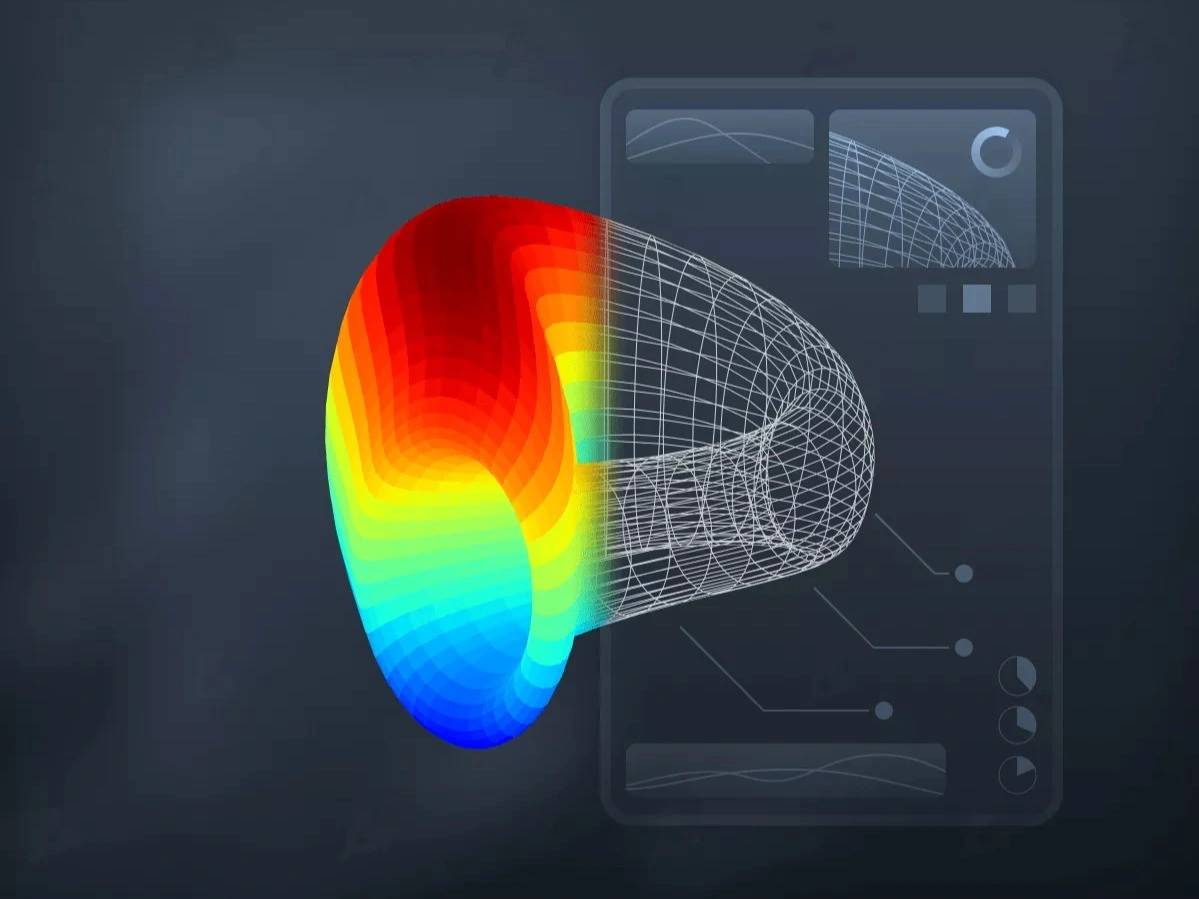위키 구독하기
Share wiki
Bookmark
Curve DAO (CRV)
Curve DAO (CRV)
**Curve DAO (CRV)**는 유틸리티 토큰이며, Curve Finance의 탈중앙화 금융(DeFi) 프로토콜은 탈중앙화 거래소(DEX) 역할을 하며 스테이블코인을 거래합니다. [1]
역사
Curve의 기본 거버넌스 토큰인 CRV는 2020년 8월 14일에 공식 출시될 예정이었지만, 새로 생성된 트위터 계정(@0xc4ad)을 가진 익명의 개발자가 2020년 8월 13일에 Curve DAO 스마트 계약을 배포했다고 트윗했습니다. 이 개발자는 이더리움에서 스마트 계약을 배포하는 데 19.9 ETH(약 8,000달러)의 수수료를 지불했습니다.
Curve Finance 팀은 이 사건을 알지 못했고, 계약이 배포된 후 일부 사용자는 Curve의 유동성 풀 지분을 나타내는 yCRV 토큰을 스테이킹하여 CRV 토큰을 얻기 시작했습니다. 이로 인해 DeFi 커뮤니티에서 "사전 채굴"에 대한 혼란과 비난이 야기되었습니다. Curve 팀이 배포된 스마트 계약을 확인하기 전에 8만 개가 넘는 CRV 토큰이 사전 채굴되었습니다. 처음에는 회의적이었지만, 관련자들은 결국 배포가 정확하게 실행되었고, 올바른 코드, 데이터 및 관리자 키가 통합되었다는 증거를 발견했습니다. 결과적으로 그들은 증가하는 관심과 주목을 받고 있다는 점을 들어 2020년 8월 14일 CRV 출시를 채택하기로 결정을 공개적으로 발표했습니다. [7]
개요
Curve DAO 토큰의 주요 목표는 Curve Finance 플랫폼에서 유동성 제공자를 유인하고 프로토콜의 거버넌스에 대한 적극적인 사용자 참여를 장려하는 것입니다. CRV는 투표, 스테이킹, 부스팅의 세 가지 주요 기능을 가지고 있습니다. 이러한 활동에 참여하려면 CRV 토큰을 잠금 투표하고 veCRV를 획득하는 과정이 필요합니다. [8]
veCRV는 특정 기간 동안 잠긴 CRV인 vote-escrowed CRB를 의미합니다. 잠금 기간이 길수록 더 많은 veCRV를 받습니다. [8]
스테이킹
CRV 토큰을 스테이킹(잠금)하면 Curve 프로토콜에서 생성된 거래 수수료를 받을 수 있습니다. 커뮤니티의 제안에 따라 모든 거래 수수료에 대한 50%의 관리 수수료가 도입되었으며, 이는 veCRV 보유자에게 배포됩니다. 이러한 수수료는 수집되어 3CRV를 구매하는 데 사용되며, 3CRV는 TriPool의 LP 토큰입니다. 그런 다음 획득한 3CRV 토큰은 veCRV 보유자에게 배포됩니다. [8]
부스팅
CRV 토큰 보유자는 유동성을 제공하여 보상을 높일 수 있습니다. CRV 토큰을 잠금 투표하면 투표권을 얻어 DAO의 의사 결정 과정에 적극적으로 참여할 수 있습니다. 이 잠금 투표 메커니즘을 통해 Curve 플랫폼에 기여하는 유동성에 대해 최대 2.5배의 부스트를 얻을 수 있습니다. [9]
투표
CRV 보유자가 veCRV 토큰을 잠금 투표한 후에는 다양한 DAO 제안 및 풀 매개변수에 대한 투표 과정에 적극적으로 참여할 수 있습니다. 이 투표 권한을 통해 DAO의 결정과 방향을 형성하는 데 의견을 개진할 수 있습니다. [8]
토큰 경제
초기 공급량
초기 배포량은 약 13억 CRV 토큰으로, 총 공급량의 약 43%를 차지했습니다. 토큰의 5%는 사전 CRV 유동성 제공자에게 배정되었으며, 1년의 상환 기간이 있었습니다. 팀과 투자자를 포함한 주주는 2년에서 4년의 상환 기간이 있는 토큰의 30%를 받았습니다. 3%는 직원에게 배정되었으며, 2년의 상환 기간이 적용되었습니다. 추가로 5%는 커뮤니티 예비금으로 따로 마련되었습니다. 출시 당시 유통 공급량은 없었으며, 초기 발행 속도는 하루 약 200만 CRV 토큰으로 추산되었습니다. [6]
공급 분배
Curve DAO (CRV) 토큰의 총 공급량은 30억 3천만 토큰이며, 다음과 같이 분배됩니다. 유동성 제공자에게 62%, 주주에게 30%, 커뮤니티 예비금에 5%, 직원에게 3%. 주주 및 직원 배정에는 일반적으로 2~4년의 상환 일정이 적용됩니다.
2024년 8월 13일, 4주년을 맞아 Curve Finance는 CRV 배출량을 크게 줄였습니다. 이 전략적 조치는 인플레이션을 최소화하고 토큰의 가치를 유지하며 스테이커의 투표 희석을 완화하기 위한 것입니다. 연간 CRV 배출량은 약 2억 7400만 토큰에서 1억 6270만 토큰으로 감소하여 일일 배출률은 37만 5천 CRV가 되었습니다. 이러한 변화는 연간 인플레이션율이 약 20%에서 약 6.35%로 크게 감소하는 데 기여했습니다. [10] [11] [12]
잘못된 내용이 있나요?
